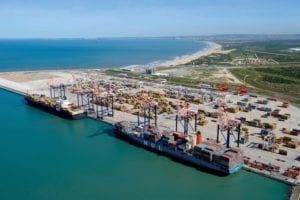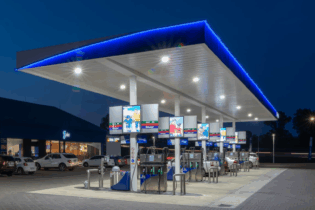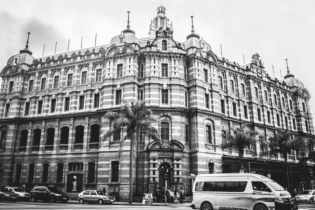South African port operator Transnet Port Terminals (TPT) has committed capital expenditure of R33 billion over the next seven years to encourage economic growth and efficiencies in its port terminal management.
These investments fall within the Transnet Market Demand Strategy (MDS) recently announced by President Jacob Zuma in his State of the Nation Address, during which he outlined the South African government’s focus on infrastructure development. In total, the Transnet Group will spend R300 billion in port and rail capital projects until 2018/19. TPT MDS Capital Investment Programme TPT chief executive, Karl Socikwa, says: “The MDS has major implications for our division’s responsibility to facilitate unconstrained growth, unlock demand and create world-class port operations through improved efficiencies. “It entails an acceleration of our capacity creation programmes at all our major terminals, to ensure that we are able to grow the economy and make the ports as competitive and efficient as possible.” The bulk of TPT’s spend – 71% of the R33 billion seven-year investment pipeline – will be focused on expansion projects and creating capacity to meet projected demand, while the remaining 29% will go towards capital sustaining projects aimed at achieving operating norms and upholding service delivery. The latter includes the replacement of aged equipment as well as the refurbishment of existing equipment. Some of the major capacity creating projects to be embarked on by TPT until 2018/19 will include: Container sector- Durban Container Terminal Pier 1 expansion, which will increase the capacity of the terminal from 700 000 TEUs (twenty foot equivalent) to 820 000 TEUs by next year and eventually 1.2 million TEUs by 2016/17.
- Extension of the North quay at Durban Container Terminal Pier 2, which will help increase the capacity from 2.1 million TEUs in 2011/12 to 2.5 million TEUs by 2013/14 and 3.3 million TEUs by 2017/18
- Container capacity is also being created in other terminals such as the Durban RoRo and Maydon Wharf Terminal through the acquisition of new equipment, such as mobile cranes, and various infrastructure upgrades.
- Expansion of Ngqura Container Terminal, which has been earmarked as a trans-shipment hub and will be expanded from 800 000 TEUs to 2 million TEUs by 2018/19 to meet anticipated volumes.
- Expansion of the iron ore bulk facility in Saldanha, which has undergone significant expansion in recent years. Phase 1 C of the terminal’s expansion project increased the capacity to 60 Mtpa. TPT’s capital investment plan includes funds to expand the terminal to 82 Mtpa, which caters for the projected volume demand.
- Creation of additional manganese capacity by relocating the current export facility in Port Elizabeth (5.5 Mt capacity) to a newly created two-berth manganese facility at the Port of Ngqura by 2015/16, creating capacity of 12 MTpa from 2016/17.
- Sustaining capex of R3.7 billion has been set aside for the ageing Richards Bay Terminal after minimal investment over the past 10 years. Investments fast-tracked in the 2012/13 financial year include mobile equipment, quayside equipment and weighbridges. Also included are safety critical projects as well as environmental and legal compliance projects.
- Approximately R1.2 billion will be spent on capacity creating projects in Richards Bay, such as storage areas. TPT will also pursue reengineering of the port to create additional capacity for bulk products at the terminal.
- a key thermal coal supplier for India and China
- an increasingly important fourth supplier of iron ore into China
- the leading manganese exporter globally, by exploiting its substantial reserves
- the leading logistics hub for sub-Saharan Africa
- a globally recognised reference for container and heavy haul operations.
 Photo: TPT chief executive, Karl Socikwa
Photo: TPT chief executive, Karl Socikwa








